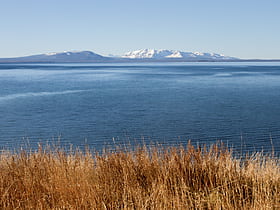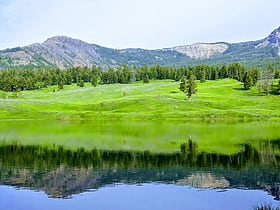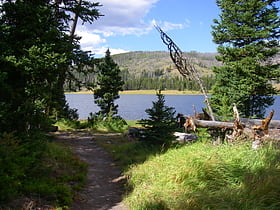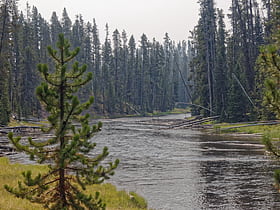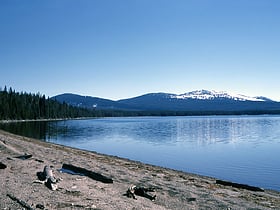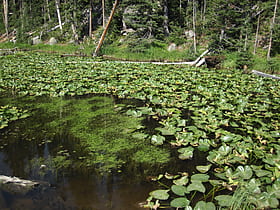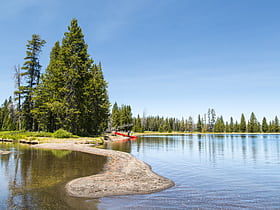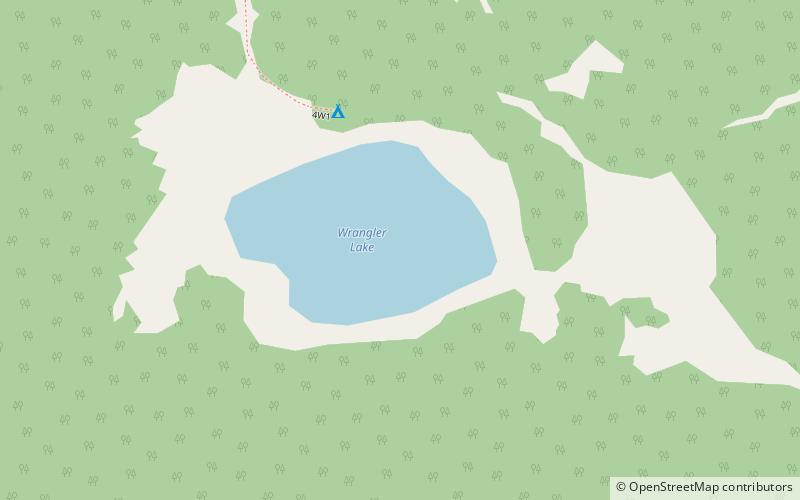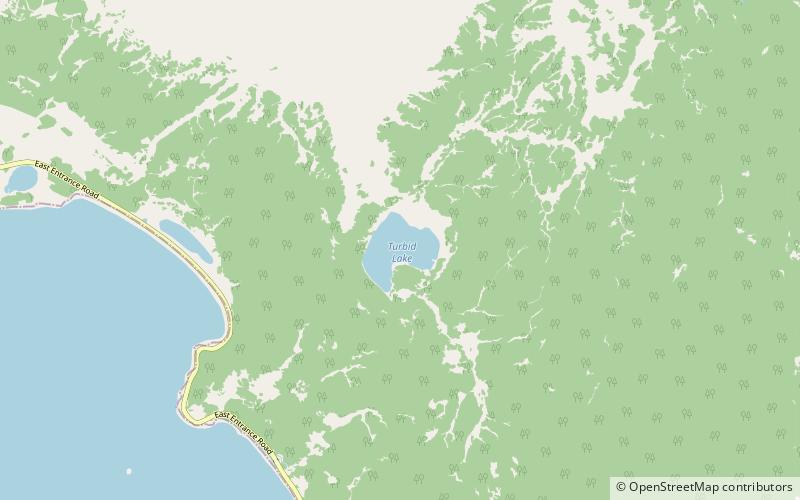Yellowstone National Park: Lake
Places and attractions in the Lake category
Categories
- Natural attraction
- Nature
- Hot springs
- Mountain
- Park
- Geyser
- Waterfall
- Lake
- Hiking trail
- Outdoor activities
- View point
- Nature and wildlife
- Bridge
- National park
- Museum
- Geologic formation
- Volcano
Yellowstone Lake
Yellowstone Lake is the largest body of water in Yellowstone National Park. The lake is 7,732 feet above sea level and covers 136 square miles with 110 miles of shoreline.
Trout Lake
Trout Lake, formerly known as Fish Lake and Soda Butte Lake, is a 12 acres popular backcountry lake for hikers and anglers in Yellowstone National Park.
Grebe Lake
Grebe Lake is a 156 acres backcountry lake in Yellowstone National Park most noted for its population of Arctic grayling. Grebe Lake comprises the headwaters of the Gibbon River.
Shoshone Lake
Shoshone Lake is a U.S. backcountry lake with the area of 8,050 acres elevated at 7,795 feet in the southwest section of Yellowstone National Park, Wyoming. It lies at the headwaters of the Lewis River a tributary of the Snake River. The U.S.
Heart Lake
Heart Lake el. 7,461 feet is a large backcountry lake, nestled at the base of Mount Sheridan in Yellowstone National Park. Heart Lake is in the Snake River drainage and is drained by the Heart River.
Isa Lake
Isa Lake is located in Yellowstone National Park, in the U.S. state of Wyoming. The lake straddles the continental divide at Craig Pass. Indigenous peoples have lived in the Yellowstone region for at least 11,000 years.
Lewis Lake
Lewis Lake is located in the U. S. state of Wyoming in the southern part of Yellowstone National Park, about 4 miles southeast of Shoshone Lake, and approximately 10 miles southwest of Yellowstone Lake.
Wrangler Lake
Wrangler Lake is a lake located in the less-traveled portion of Yellowstone National Park in the U.S. state of Wyoming. It is fairly isolated, a few miles from the Wapiti Lake Trailhead.
Turbid Lake
Turbid Lake is a lake in Park County, Wyoming, in the United States. Turbid Lake was so named on account of its muddy water. The lake is believed to have formed in the crater of a hydrothermal explosion some time around 1300 BC, which created a 4200 x 5000 x 100 foot crater, the floor of which eventually filled up to form the lake.
Map

